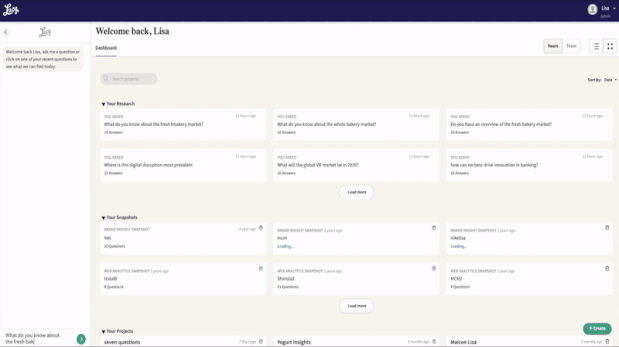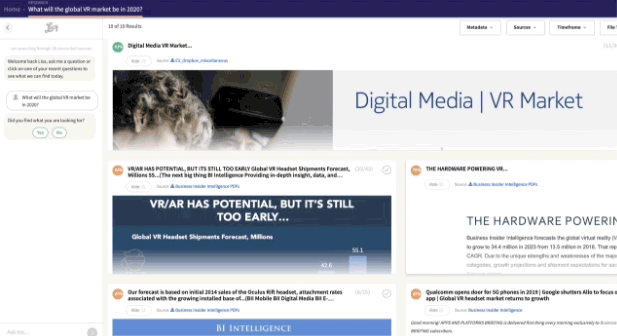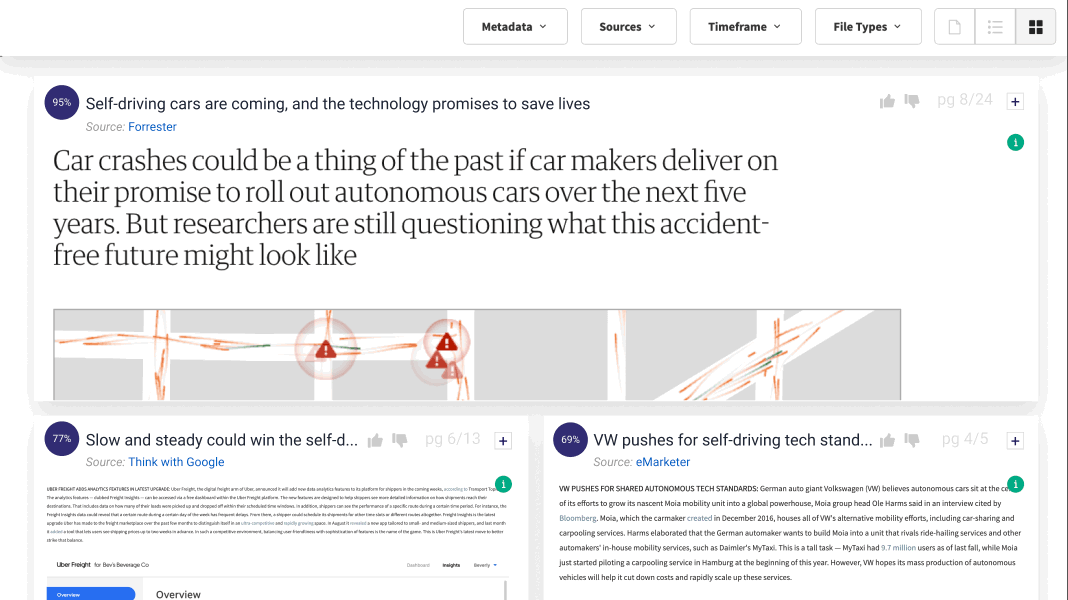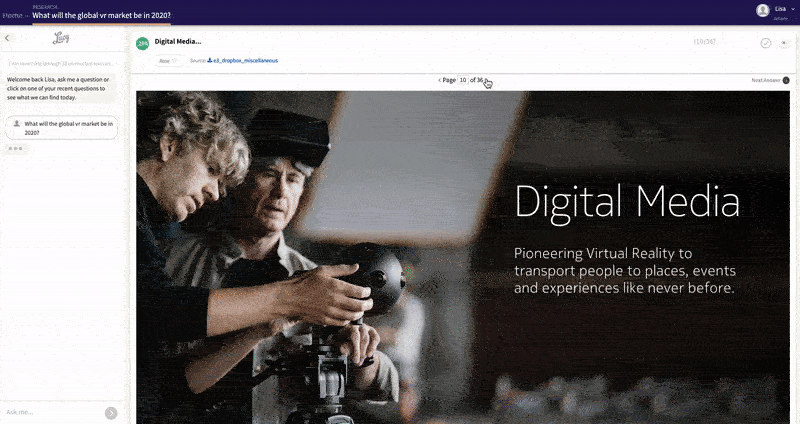A challenging task – and one that is a productivity killer – is attempting to find answers within enterprise data, particularly if the data is scattered across multiple systems and databases or stored in various formats. Most have been there and unfortunately understand this issue well. The complexity and volume of data make it difficult for employees to know where to look for the information they need, and they may not have the skills or knowledge required to access and analyze the data effectively.
Additionally, access to data may be restricted to certain employees or departments, and obtaining the necessary permissions and clearances can add another layer of frustrating complexity to the process of finding answers within enterprise data.
So as a temporary, quick-fix type of solution, employees turn to each other. However, when they do, they may only receive basic common answers – usually not exactly what they’re looking for.
Lucy, an AI-powered Answer Engine created in 2015, took it upon herself to use one of the more booming tools today, generative AI, to further assist in solving this urgent and overlooked problem.
In comes LucyGPT, to the rescue.
LucyGPT uses generative AI to read and synthesize the millions of data points that she finds across an organization’s knowledge ecosystem and provides a two-sentence or three-sentence summary response that answers users’ specific questions. Users can ask Lucy a question in a private chat, or mention Lucy in a group chat and get an immediate answer; this equips users with the exact information they need in the moment to do their jobs and make better decisions faster.
“LucyGPT is deployed within a company’s business messaging application of choice,” said Scott Litman, founder and Chief Operating Officer of Lucy. “She finds the information employees are looking for in seconds and brings precise answers to users when and where they need them most.”










